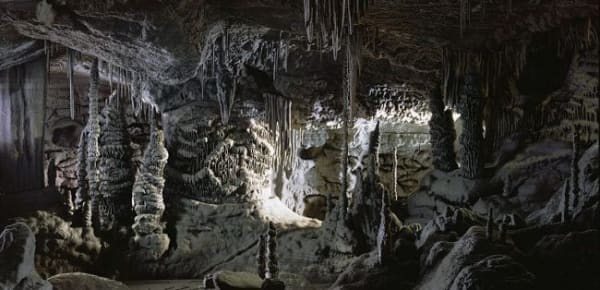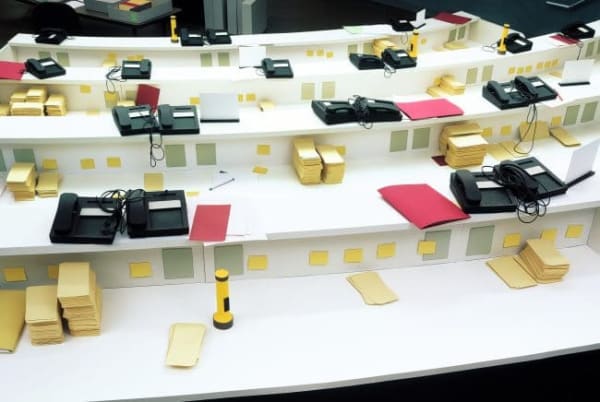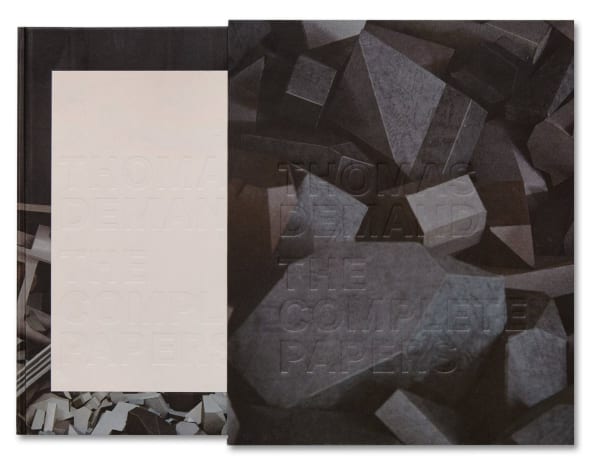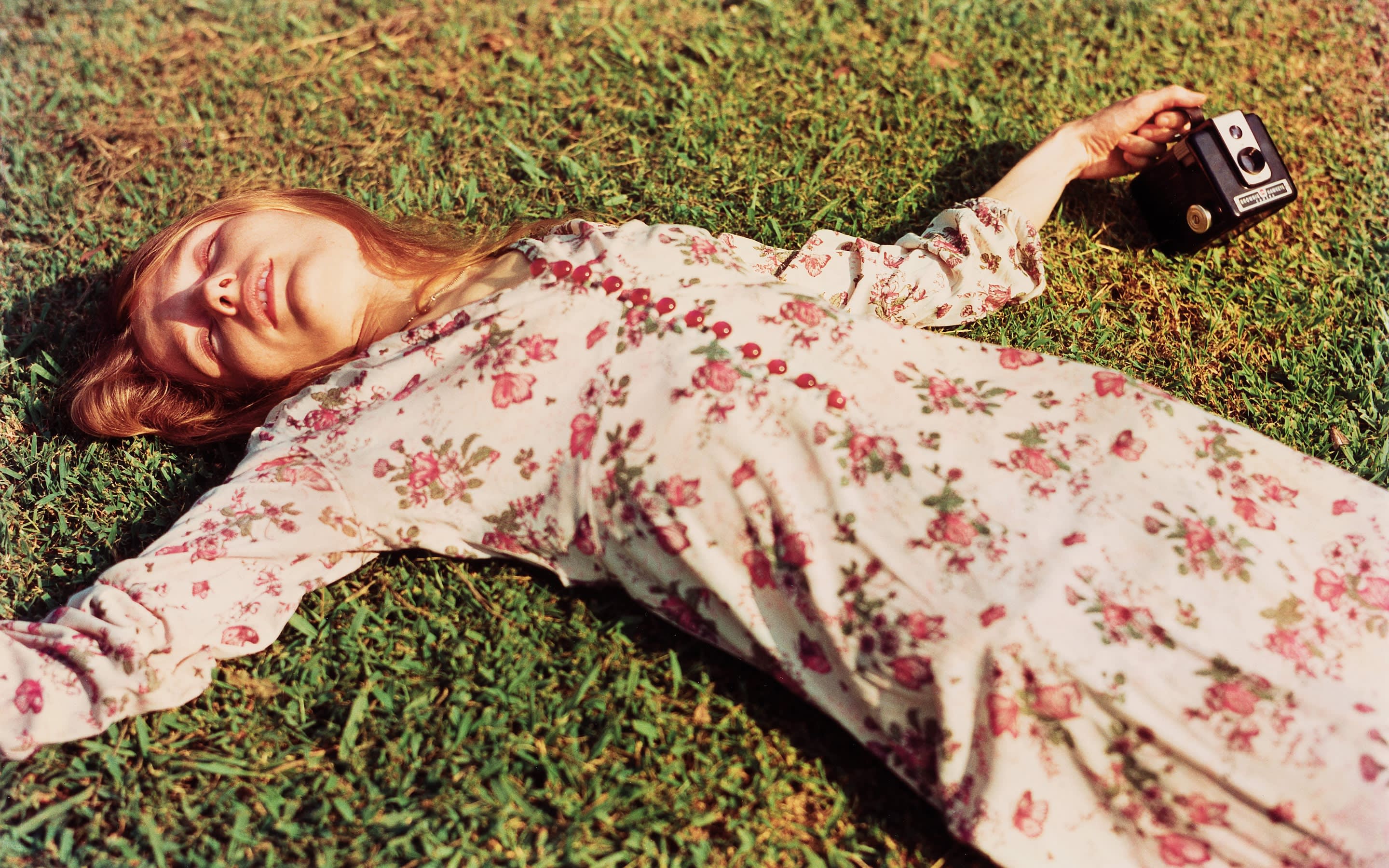The Complete Papers: Thomas Demand is one of the latest excellent publications from photography book specialists, Mack Books. Thomas Demand is something of an enigmatic figure. Outside the art world he remains little known and there have been few major exhibitions outside his representing galleries. It seems reasonable to say that perhaps Demand has never quite received the wider coverage that he deserves.
Perhaps this lies in the nature of his art: Demand works extremely slowly, meticulously creating detailed paper models – often recreations of sites made famous by media events (most typically crime scenes) – before photographing and finally destroying them. It is a process that only allows for a handful of works per year. Further they are understated and conceptual in nature – on the surface there is little that is controversial, flashy or eye-catching.
The Complete Papers: Thomas Demand – a catalogue raisonnee of 25 years from 1994 to 2018 – is therefore a particularly welcome publication allowing a more in depth examination of his work whilst suggesting that this is an artist to be taken more seriously.
With an embossed cover and presented in a matching slipcase this is a sizeable book weighing in at nearly 3 kilos. Over some 500 pages, and opening with a long interview with the artist, the works are presented in annual sections separated by loose coloured cards. Interspersed are fascinating essays and critical reviews from the likes of Francis Bonami, Michael Fried, Hal Foster and Jeff Wall. As expected from Mack Books this is a beautifully designed book, well presented and clearly laid out.
Having started studying in design, Demand soon moved to studying art in Dusseldorf. It was here he tried sculpting in paper – chosen for its utopian appeal – working in a disengaged and deadpan style, in the footsteps of his compatriots Bernd and Hilla Becher, Gerhard Richter et al.
Later when studying at Goldsmiths in London Demand only reluctantly, on advice of his professor, started photographing his work. Initially this was just to record it before it was destroyed, but very soon the photograph took precedence and became the ultimate aim of his art.
Often Demand draws his inspiration from images found in the mass media, from which he creates a (usually) life-size model made of coloured paper and cardboard. The camera is set upon a tripod and the construction slowly built in preparation for the ultimate photograph. Sometimes he feels that the likenesses are too good and Demand remakes them to provide just the level of artificiality required.
These facsimiles are therefore built in the image of other images. Thus, once photographed, the ultimate image is thrice removed from the scenes or objects they purport to depict – a sort of palimpsest of the original.
One of the major features of his work is that one of the primary qualities of photography is questioned – its indexical nature. We usually presume that the photograph is a direct representation of that which is seen. With Demand however the image is neither a precise image of what it purports to represent nor is it an image something made of paper. It is within this fuzzy philosophical space that Demand makes us question the nature of representation and memory.
Once we realise everything is made of paper we inevitably are diverted by the craft? How on earth did he make the kitchen so perfectly (Saddam Husseins Iraq hideaway) complete with half eaten food, or create the bubbles on the bath water (an infamous unsolved crime scene)? This too is an integral part of the distancing effect of Demand’s art, a distracting and disquieting balance between the real and the imaginary.
Once we have passed the philosophical issues of representation we frequently find further conceptual depth to consider. The airport scanner is from an image on CCTV of the 9/11 bombers. The unassuming ‘office’ with stacks of yellow papers is the scene of the infamous hanging chads that decided the outcome of the 2001 US election. Demand presents us with no opinion. We see no bombers and the voting slips are blank; we are given the most basic of facts upon which to draw our own conclusions in true Dusseldorf deadpan style.
Remarkably, when Demand clears his studios and destroys his last work, he has no idea whatsoever what will come next. No lists or plans. We shall continue to look forward to what comes next.
The Complete Papers: Thomas Demand is published by Mack Books.
Embossed hardback in slipcase
24 x 29 cm
504 pages
ISBN: 978-1-910164-90-7
To purchase The Complete Papers: Thomas Demand click here or visit the CELLOPHANELAND* Bookstore







